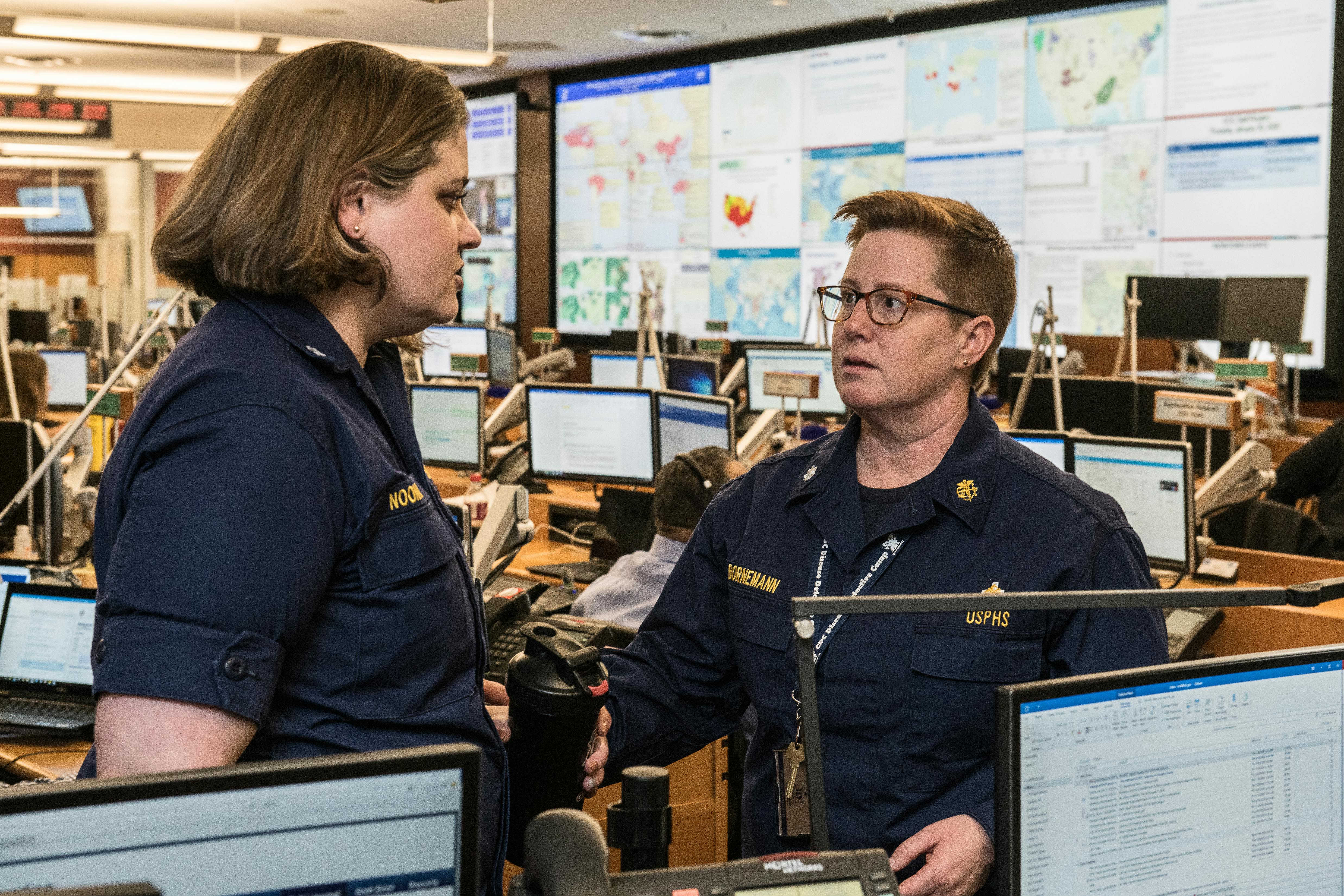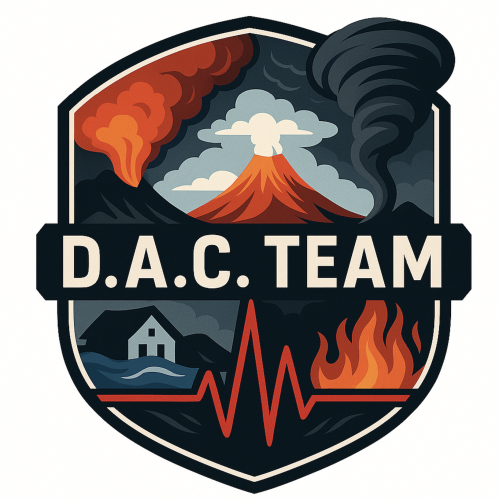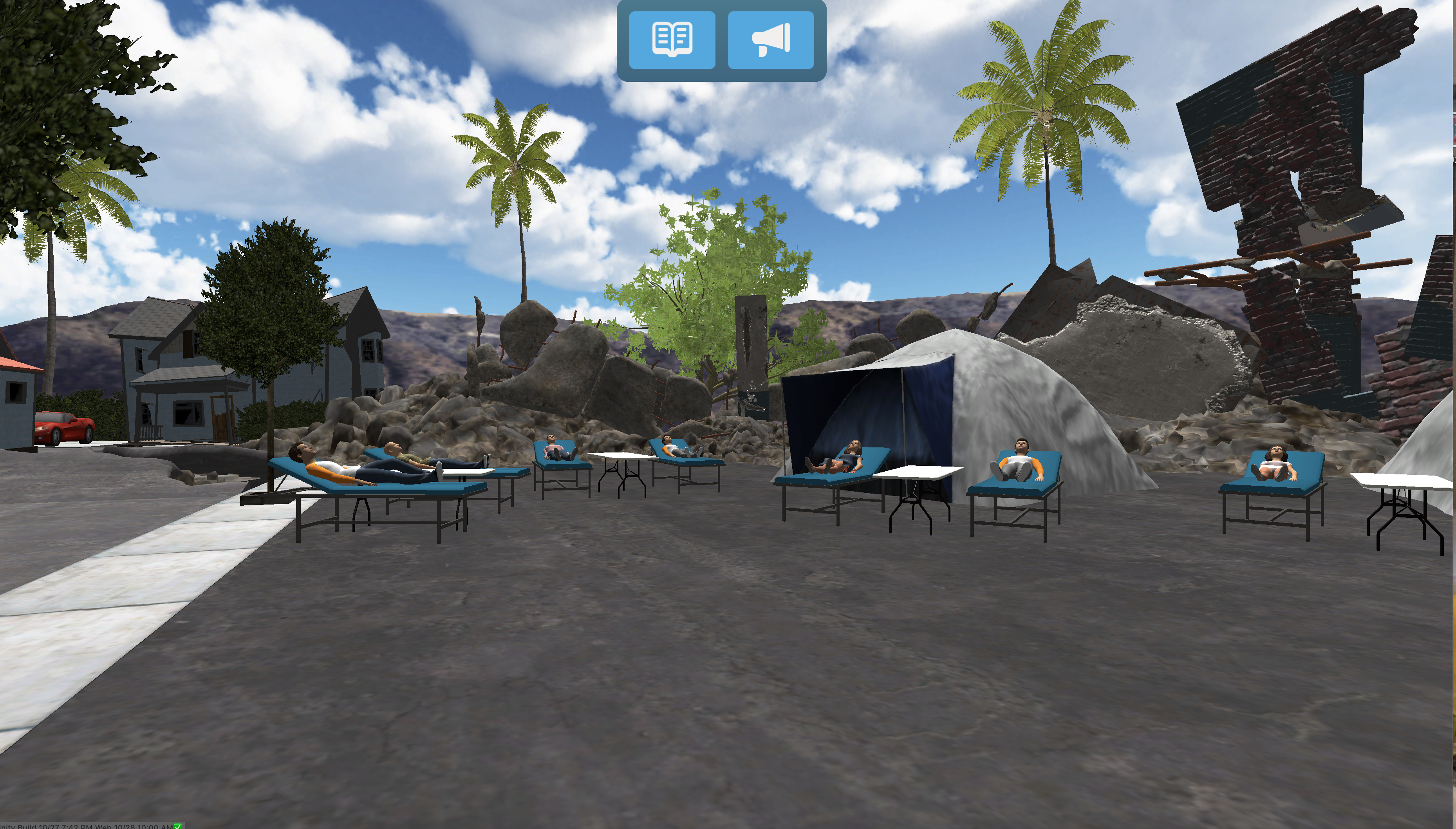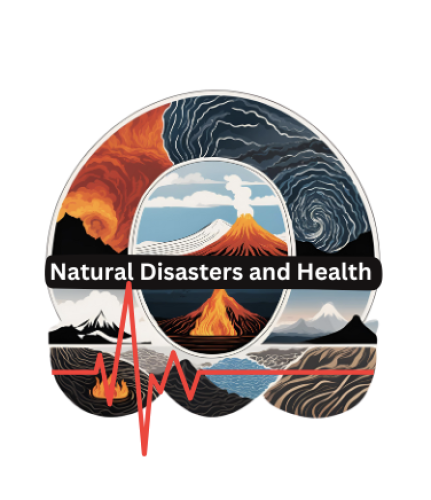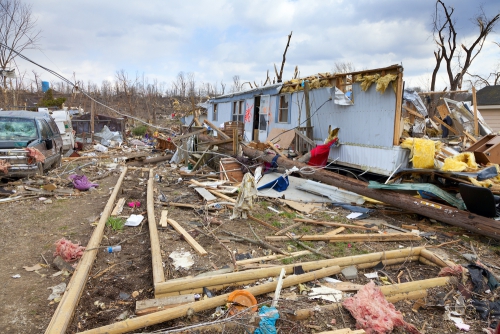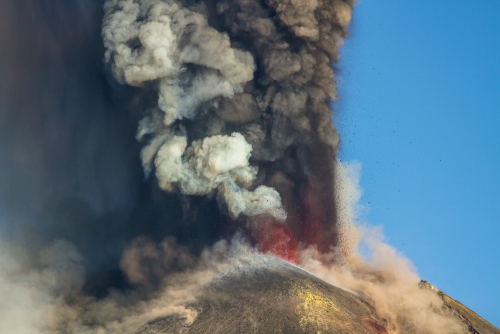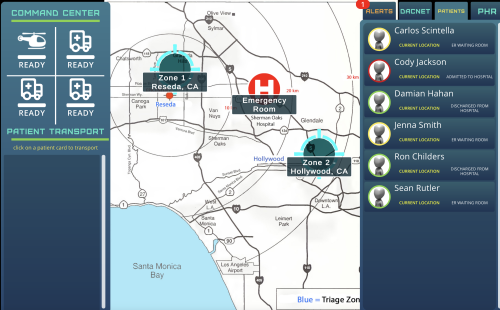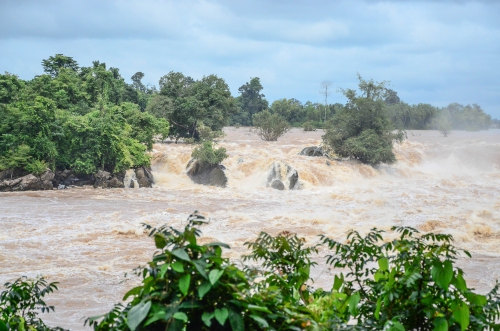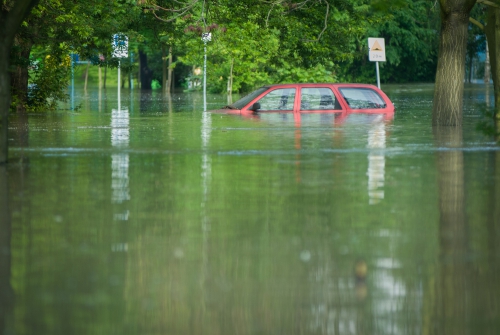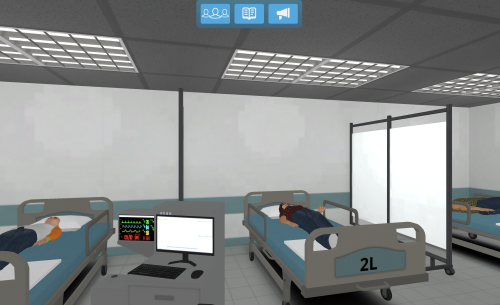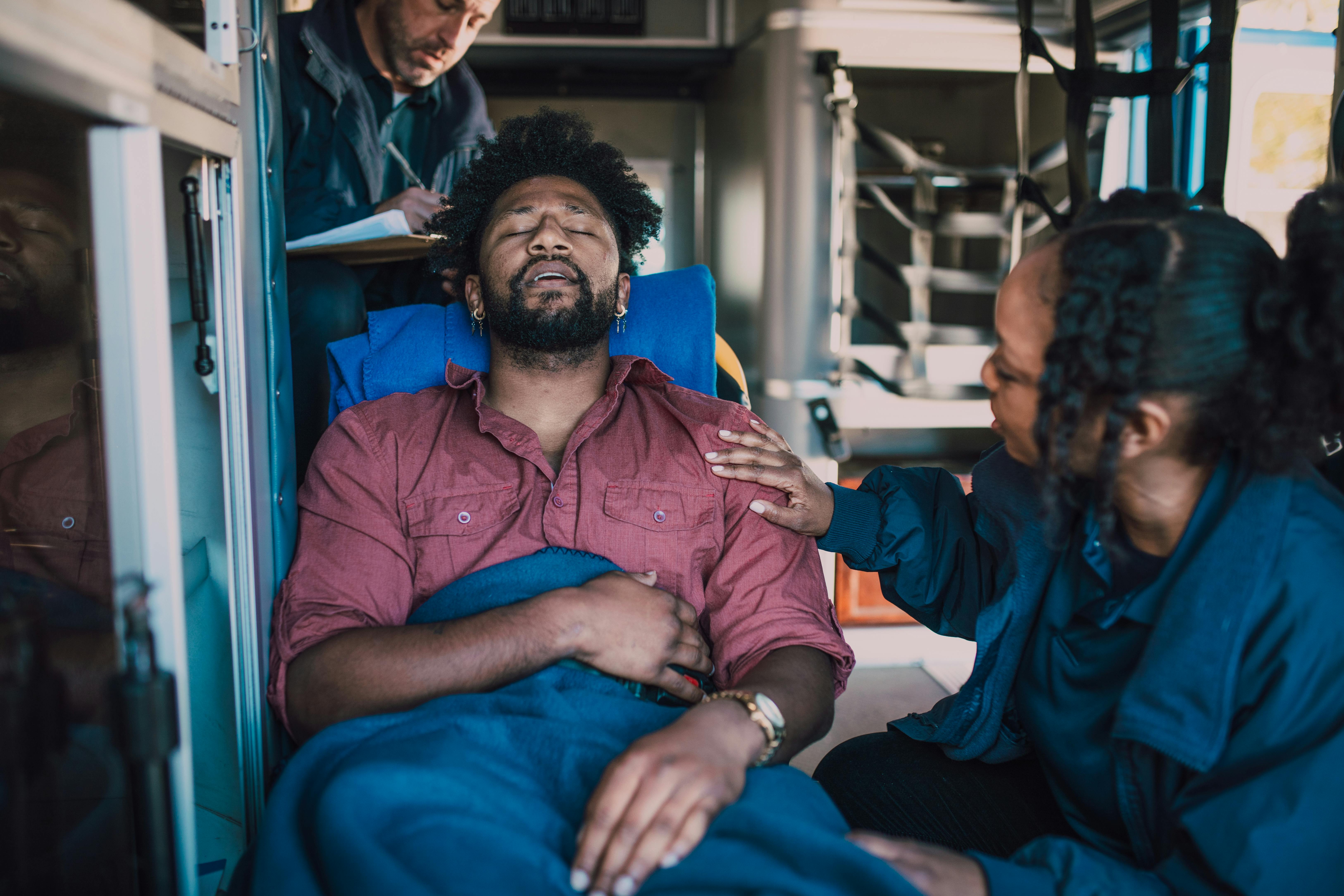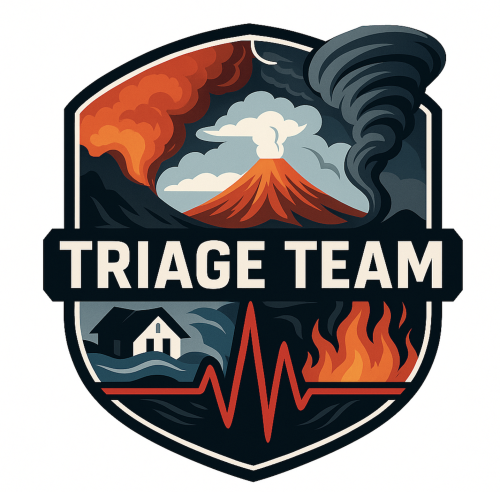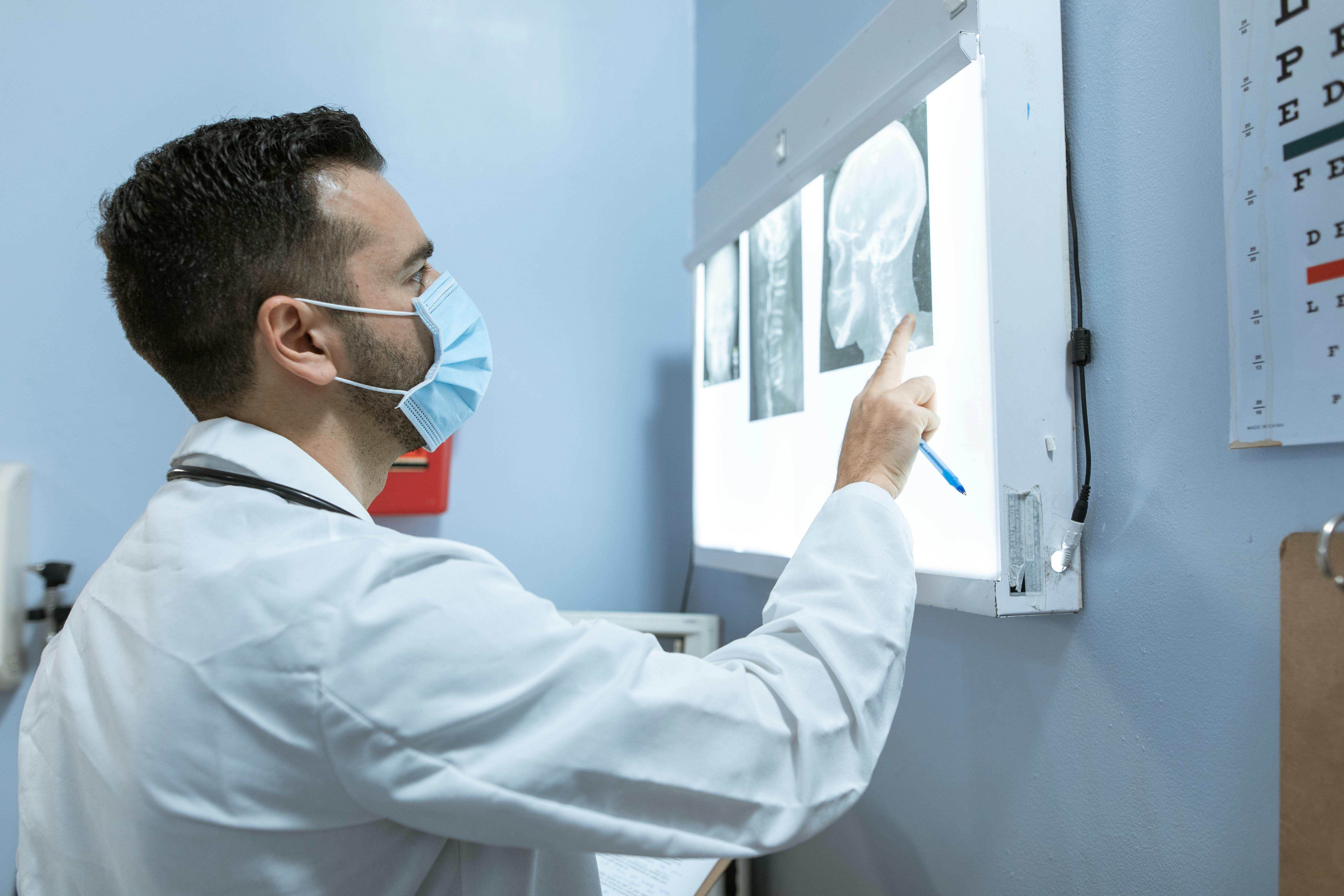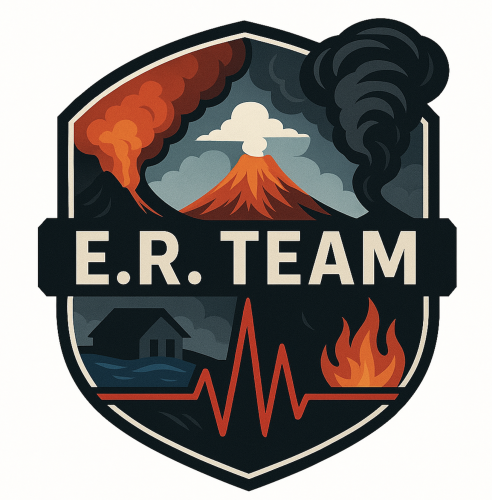e-Missions.net: Natural Disasters and Health
Natural Disasters & Health (NDH) is a live role-playing adventure, immersing 6th to 8th grade students in simulated disasters. Student emergency teams coordinate disaster response, triage victims, apply knowledge of body systems to apply first aid, and in the emergency room conduct tests to determine what treatment to apply.
Meet the Teams
The Disaster Assessment Coordinator (DAC) oversees the transportation, treatment and disaster conditions during the mission. DAC Specialists work at the headquarters of the Disaster Relief Team to coordinate activities of Triage (TR) and Emergency Room (ER) specialists to best serve people injured by a disaster. DAC receive alerts from scientific experts and safety officials to identify triage locations where injured people need to be examined and receive first aid. DAC specialists receive information from the USGS, NASA, NOAA* and local observers of changes of the disaster – another eruption for a volcano, rising flood water, aftershocks, etc. – and warn the TR team, and if needed, direct them to a safer area to continue work or where more injured people wait for help.
Triage Specialists (TR) are emergency medical technicians who search at a disaster site for injured people, assess (or triage) how seriously they are hurt, apply first aid, and determine how quickly they need medical care. TR Specialists select which people to examine, look for visual signs of injury (bleeding, lacerations, bones visible) and then determine patient vital signs - breathing, pulse and their temperature. TR Specialists immediately treat life-threatening conditions – such as severe bleeding – to keep patients alive to reach a hospital for more advanced treatment. TR also treats minor medical issues such as cleaning lacerations/cuts, setting broken bones and helping to improve breathing. TR records the injured person's condition on a Triage Tag, summarizes a victim’s treatment need by determining a triage color wrist band based on the seriousness of each injury, submits the Triage Tag information on patient condition to DAC, and then selects the next patient.
ER Specialists (ER) are doctors who are trained to treat patients harmed by traumatic experiences. ER selects patients from the waiting room who were seen and provided first aid by TR Specialists at the disaster site. The ER specialists conduct detailed examinations, diagnose patient injuries, order x-rays and other medical tests to confirm their diagnosis, and decide on surgery or other treatment to return patients to a healthy life. ER Specialists are the last hope to save lives of severely injured disaster victims. Based on a patient’s condition after treatment, ER Specialists decide if the patient is admitted to the hospital for more care, or can be released for out-patient care.
